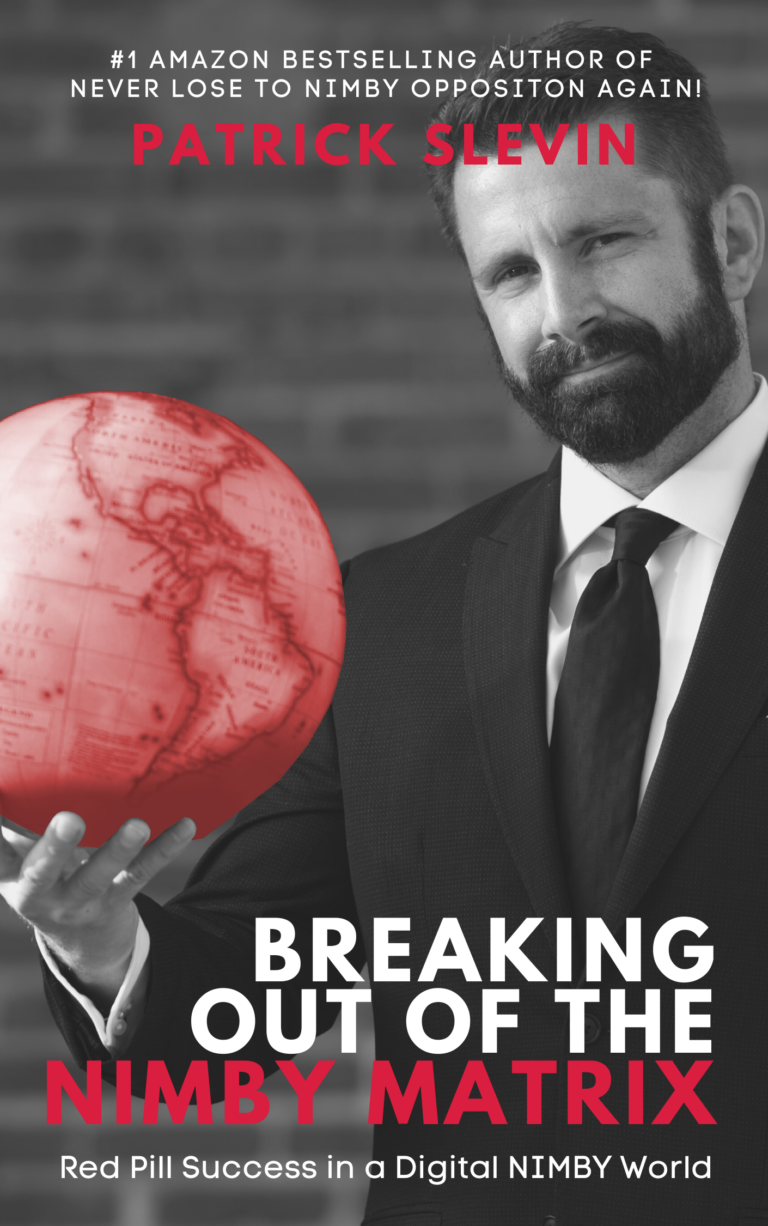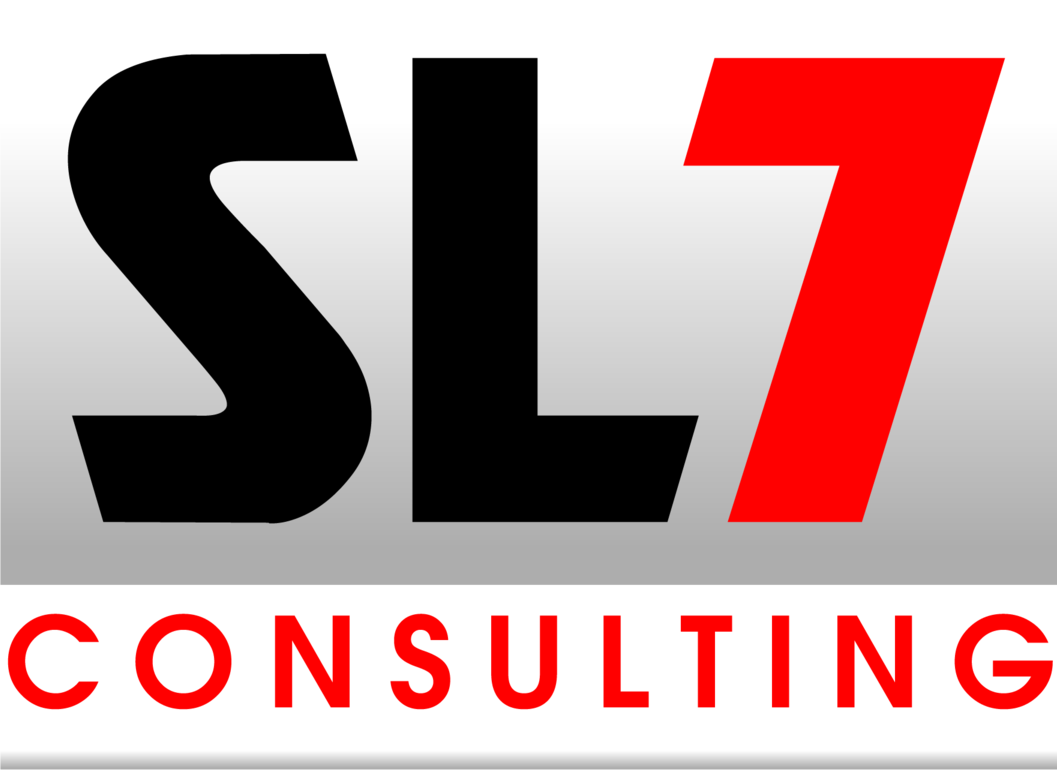Why does community opposition happen and what causes it to become so prevalent? A recent Academy of Citizen Engagement NIMBY poll of 400 registered voters reads the minds of NIMBY’s opponents and the pro-growth Silent Majority. We’ll unpack the A.C.E. polling research to reveal the warnings, insights, and solutions for developers and the consultants who advise them.
NIMBY (Not-In-My-Backyard) is synonymous with fear and anger when it comes to the uncertainties of change. Status quo attitudes toward real estate development are agitated when a developer enters a locality in an effort to win the license to operate for their residential, commercial, or other type of new developments. Too often, we see NIMBY opposition rapidly mobilizing, and causing commotions and controversies in town halls across the nation.
It’s no secret that NIMBYism is a costly and time-consuming model of hostilities that can be successfully broken with modern-day public affairs practices. The data borne out of the A.C.E. NIMBY poll underwrites the best strategies and practices in winning project approvals anywhere, anytime, in any location in the nation.

Poll Discovers Distrust of Developers Runs Deep
The A.C.E. NIMBY poll, conducted October of 2023, found a troubling 58 percent of voters distrusted developers as much as or more than used-car salesmen. Only one out of three voters polled said they trusted a developer more than the used-car salesman, which isn’t saying much. In short, a developer’s credibility, a key element for influencing votes in crisis, is a damaged commodity that’s compromised when interfacing with decision makers.
A bit more bad news continued for developers. When pollsters asked voters if they agreed or disagreed with the statement, “The stereotype of greedy developers is based on the perception of them maximizing profits at the expense of the people and the environment,” a whopping 70 percent agreed with the statement.
The A.C.E. research revealed challenges for developers tasked with earning the license to operate for their real estate projects:
- When asked what would cause voters to act and oppose a project, 34 percent said elected officials were too easily lobbied by developers, closely followed by 32 percent saying developers didn’t care about their community;
- Nearly 20 percent of voters polled said they’ve actively opposed a residential or commercial real estate project. Of those who opposed projects, 53 percent said they attended a meeting or rally, while 11 percent signed a petition.
NIMBY Trifecta Supported by Research
In my 2023 Amazon bestselling book, Breaking Out of the NIMBY Matrix, I revealed the three x-factors that must happen for NIMBY opposition to occur: It is the grapevine/gossip, outdated notice and hearing process, and conventional thinking. The A.C.E. research validated and supported my NIMBY Trifecta assertion with its quantitative data.
Gossip: The Academy of Citizen Engagement asked NIMBY opponents how they first learned of the controversial project, and 24 percent said from a neighbor/grapevine followed by 15 percent seeing a sign, 12 percent receiving a notice in the mail, and only 9 percent reading about it in the local news. Nothing spreads faster in the world than gossip, and with the aid of social media, a good project can easily be demonized–and in some cases dead on arrival–months before the application is ever filed with the local government.
Archaic Notice and Hearing Process: When it came to the notice and hearing process, 64 percent of voters surveyed believed the notice and hearing process favored developers at the expense of the community. This is ironic, because this process was designed to facilitate citizen participation and community education, when in fact it does the opposite. The notice and hearing process perpetuates gossip and affirms rumors, costing the developer precious social and political capital.
Conventional Thinking: The “flying under the radar” corporate model is a faded and failing strategy in today’s digital public square, which I classify as conventional thinking. More than 23 percent of those surveyed believed developers “fly under the radar” because they feared community input would reduce their profits. Interestingly, another 27 percent answered “all the above” to fear of the community, developers didn’t care, elected officials were easily lobbied, and developers’ arrogance as other reasons for their lack of transparency.
When these three factors are combined, it sparks NIMBY opposition that’s motivated, mobilized, and manically focused on defeating good real estate projects.

Poll Identifies Opportunities for Developers
The polling offered encouraging solutions for smart developers who wanted to successfully mitigate and overcome NIMBY opposition:
- Nearly 77 percent of voters were more inclined to trust developers if they were transparent and engaged the community to find a win-win consensus;
- When asked what developers could do to demonstrate good faith to find compromise – 30 percent said “meet neighbors” followed by 10 percent recommending open meetings;
- 55 percent didn’t think it was good public policy for their elected officials to vote against a real estate project when less than 1 percent of the community is speaking out against it, while 20 percent weren’t sure;
- A solid 37 percent of voters said they would support a controversial project opposed by a small group if it brought in new jobs and increased their property values compared to 34 percent who said it depends on the project.
The research tells us that developers who decide to “fly under the radar” can easily trigger negative perceptions and fan the flames of NIMBY opposition. However, there’s good news for smart developers who want to earn support from local stakeholders.
The data clearly suggests a pre-emptive, purposeful citizen engagement initiative can earn the trust of stakeholders and make the difference in securing social support, while achieving political approvals for their projects.
One last piece of research data that was surprising: Despite polling 400 voters in one of the nation’s NIMBY hotspots (Greater Orlando Region), when asked if they considered themselves pro-growth or anti-growth, 57 percent considered themselves pro-growth. Even then, the majority of pro-growth voters still didn’t trust real estate developers and perceived them as greedy.
DEVELOPERS WHO DO PUBLIC AFFAIRS WIN MORE APPROVALS
It’s not surprising to learn the public wants to see more effort, more sincerity, and more transparency from developers. When developers take that extra effort, ignoring their own status quo fears of “flying under the radar”, good things begin to happen: Their credibility is either protected or strengthened, while the opposition marginalizes themselves with their anger and fear.
A developer simply needs a public affairs toolbox filled with the right tools to consistently pre-empt community pushbacks, as well as effectively mitigate certain crises in the future. Of course, most developers have had levels of success in overcoming NIMBY opposition, which is great.
However, too many developers are still flying under the radar, creating NIMBY opposition groups that don’t stop when their project is defeated. Facebook and other social media platforms perpetuate these one-off groups to a sophisticated and seasoned force of opposition for the next developer to deal with.
The A.C.E. poll encourages developers to adopt public affairs as part of their application arsenal, because conventional thinking is no longer a reliable ally. For those smart developers who want to achieve more success, they can check out my NIMBY-focused public affairs books and consulting and coaching services.
Let’s get your project across the finish line. Learn more at www.PatrickSlevin.com
